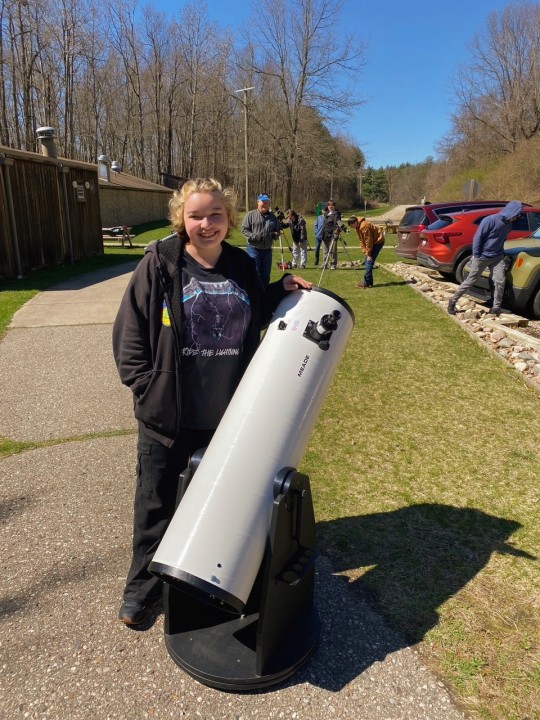#Telescopes
Text

A New Image from NASA’s James Webb Telescope Captures Icy Uranus’s Elusive Rings and Extreme Conditions
595 notes
·
View notes
Text
The Solar System has some new lunar members—the first new moon of Uranus discovered in more than 20 years, and likely the smallest, as well as two new moons of Neptune, one of which is the faintest moon ever discovered by ground-based telescopes. The discoveries were announced today by the International Astronomical Union's Minor Planet Center.
“The three newly discovered moons are the faintest ever found around these two ice giant planets using ground-based telescopes,” explained Carnegie Science’s Scott S. Sheppard. “It took special image processing to reveal such faint objects.”
Continue Reading.
353 notes
·
View notes
Text
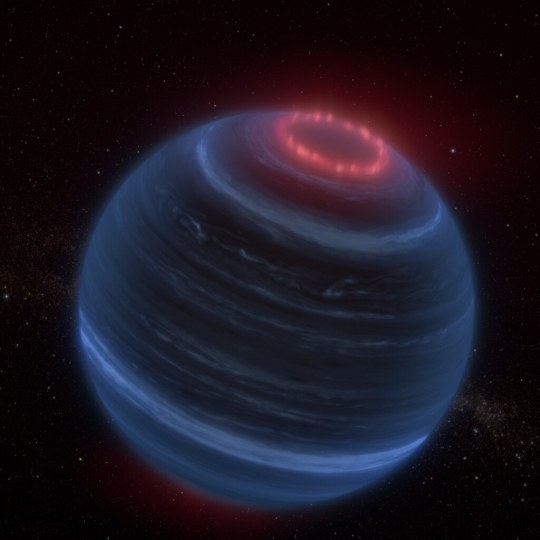
217 notes
·
View notes
Text

Napoleon observes the Battle of Aspern-Essling from the top of a tree on the Island of Lobau, 22 May 1809
by Jacques Onfroy de Bréville
#jacques onfroy de bréville#job#art#napoléon#napoleon#emperor#napoleon bonaparte#napoléon bonaparte#telescope#telescopes#napoleonic wars#battle of essling#battle of aspern essling#lobau#island#napoleonic#france#french#french empire#first french empire#europe#european#history
116 notes
·
View notes
Text

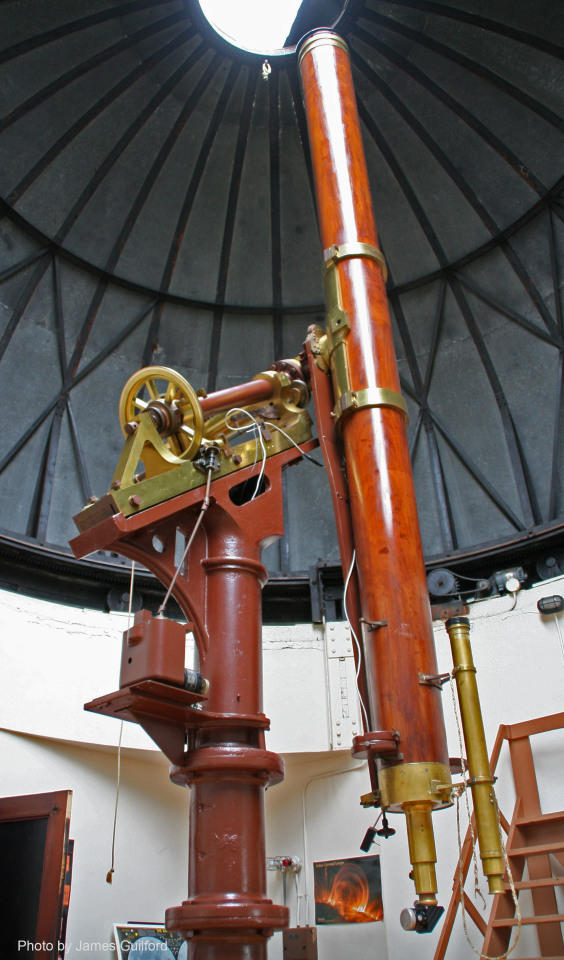
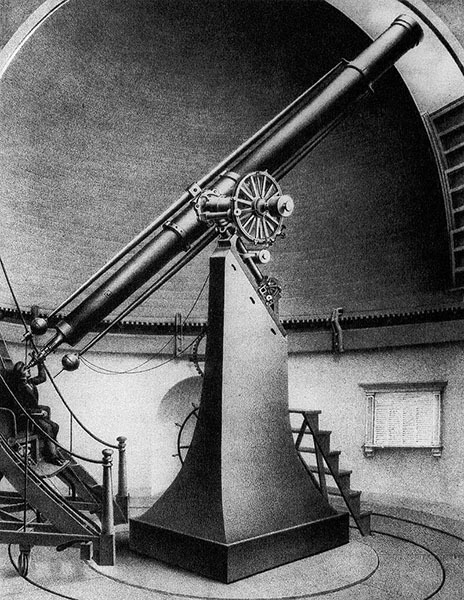
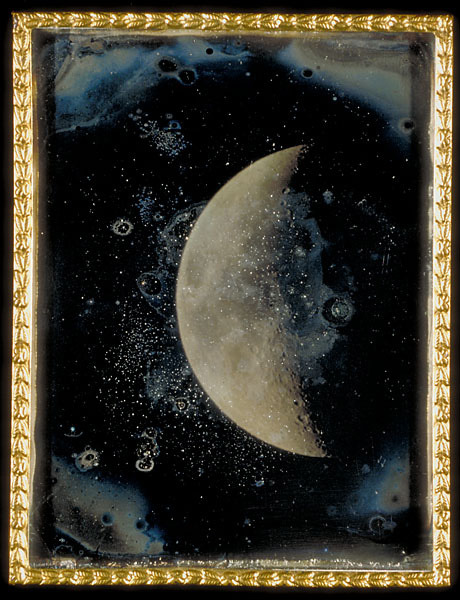
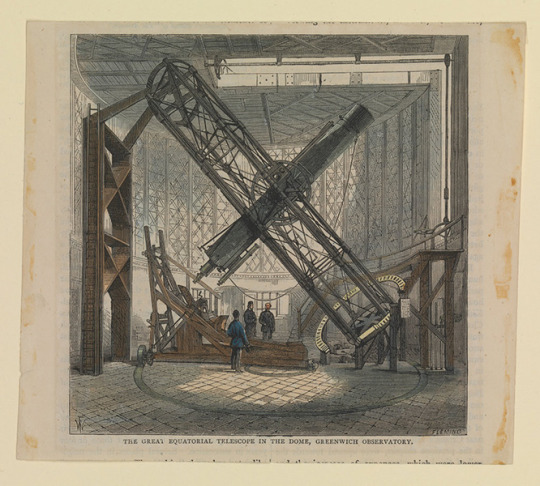

Georg Merz – Scientist of the Day
Georg Merz, a German optician and telescope builder, was born Jan. 26, 1793, in Bavaria.
read more...
#Georg Merz#astronomy#telescopes#histsci#histSTM#19th century#history of science#Ashworth#Scientist of the Day
98 notes
·
View notes
Text
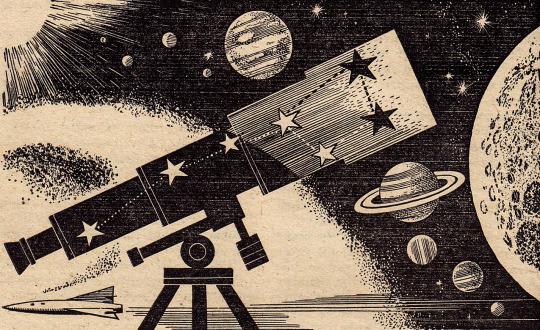
Gazing.
#vintage illustration#star gazing#telescopes#astronomy#the solar system#planets#stars#space#constellations#night sky
39 notes
·
View notes
Text
2024 March 22

Phobos: Moon over Mars
Image Credit: NASA, ESA, Zolt Levay (STScI) - Acknowledgment: J.Bell (ASU) and M.Wolff (SSI)
Explanation: A tiny moon with a scary name, Phobos emerges from behind the Red Planet in this timelapse sequence from the Earth-orbiting Hubble Space Telescope. Over 22 minutes the 13 separate exposures were captured near the 2016 closest approach of Mars to planet Earth. Martians have to look to the west to watch Phobos rise, though. The small moon is closer to its parent planet than any other moon in the Solar System, about 3,700 miles (6,000 kilometers) above the Martian surface. It completes one orbit in just 7 hours and 39 minutes. That's faster than a Mars rotation, which corresponds to about 24 hours and 40 minutes. So on Mars, Phobos can be seen to rise above the western horizon 3 times a day. Still, Phobos is doomed.
#astronaut#astronomers#not astrology#star#stars#art#astronomy#outer space#space#artist#astrophysics#planet#planets#moon#Phobos#hubble space telescope#telescopes#Earth#Mars#Martian#solar system#martians#phobos is doomed#moon over mars
48 notes
·
View notes
Text

Five brass sea spy glasses with two extra eye pieces, 19th century
64 notes
·
View notes
Text

A High Energy Fleet - February 25th, 1996.
"Looking like a fleet of futuristic starcruisers poised over planet Earth, NASA's highly successful series of High Energy Astrophysical Observatory (HEAO) spacecraft appear above in a vintage illustration. Labeled A, B, and C in this conceptual picture, the spacebased telescopes were known as HEAO-1, HEAO-2, and HEAO-3 respectively. HEAO-1 and HEAO-2 were responsible for revealing to earthlings the wonders of the X-ray sky, discovering 1,000s of celestial sources of high-energy radiation. HEAO-2, also known as the Einstein Observatory, was launched near the date of the famous physicist's 100th birthday (November of 1978) and was the first large, fully imaging X-ray telescope in space. HEAO-3, the last in the series, was launched in 1979 and measured high energy cosmic-ray particles and gamma-rays."
#nasa#space#cosmos#universe#astronomy#astrophysics#astrophotography#spacecraft#telescopes#x rays#gamma rays
44 notes
·
View notes
Text
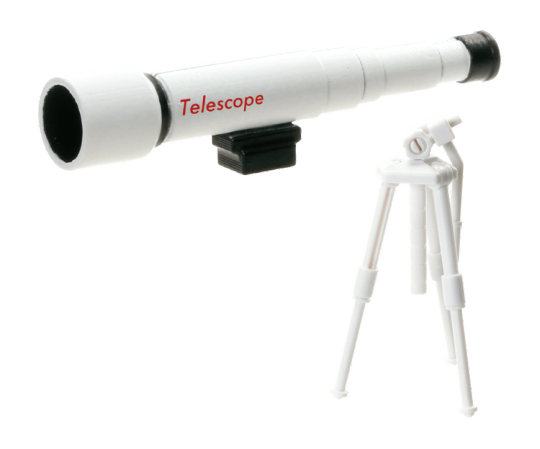

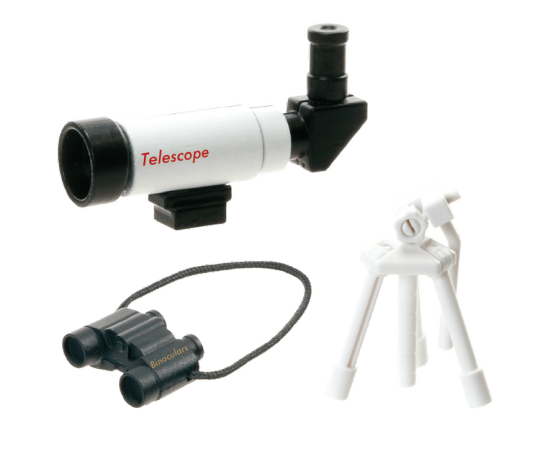

yubinori telescope (tarlin)
79 notes
·
View notes
Text
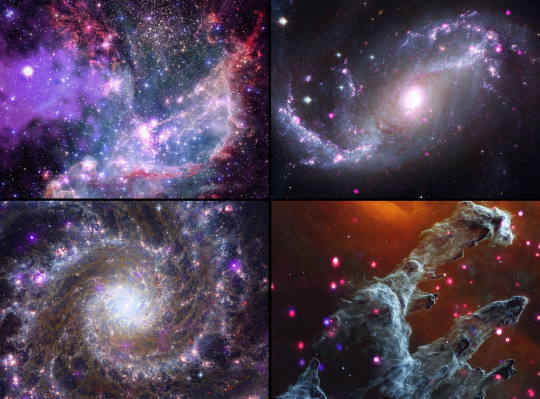

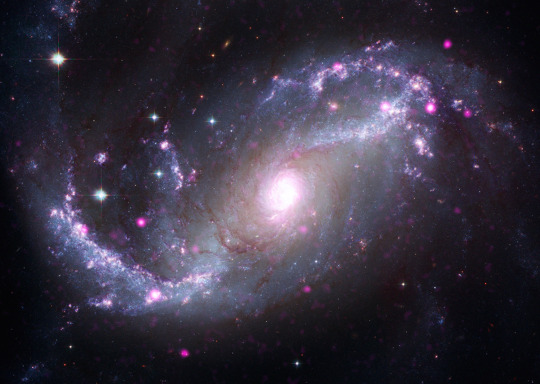
Composite Images From NASA’s Most Powerful Telescopes Reveal Mind-Boggling Details of the Cosmos
1K notes
·
View notes
Photo

Square Kilometre Array locations in South Africa and Australia, with partner countries
The Square Kilometre Array is an intergovernmental international radio telescope project being built in Australia and South Africa. The combining infrastructure, the Square Kilometre Array Observatory, and headquarters, are located at the Jodrell Bank Observatory in the United Kingdom.
61 notes
·
View notes
Text
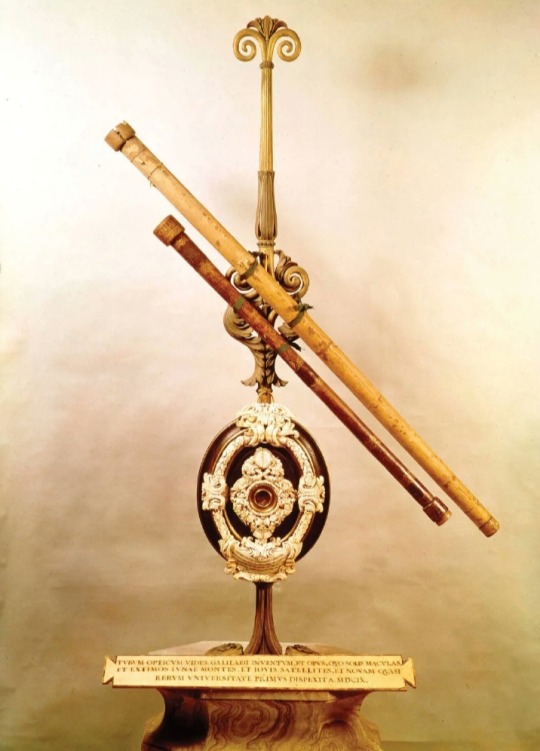
Galileo's first telescopes 🔭
Galileo's (1564-1642) early telescopes, which he constructed in the early 17th century (around 1609), marked a major advancement in observational astronomy.
These telescopes were based on the principles of existing Dutch telescopes, which had been developed by spectacle makers in the Netherlands.
These early telescopes, known as refracting telescopes, utilized a combination of lenses to gather and focus light, magnifying distant objects. Galileo further refined and improved their design.
The design of Galileo's telescopes typically consisted of a convex objective lens (the primary lens) and a concave eyepiece lens (the secondary lens).
The objective lens collected light from distant objects and converged it to a focal point, forming an image.
The eyepiece lens then magnified this image for the observer to see.
Galileo's telescopes had relatively low magnification power compared to modern telescopes, but they enabled him to make groundbreaking observations.
With these instruments, he made a series of significant discoveries, including:
Observations of the Moon
Galileo observed the rugged, mountainous surface of the Moon, challenging the prevailing belief in its perfect smoothness.
He also noticed the presence of craters and other lunar features.
Sunspots
It revealed that the Sun was not a perfect sphere and that it rotated on its axis
Discovery of Jupiter's moons
He observed four of Jupiter's largest moons, now known as the Galilean moons.
Their discovery provided evidence that not all celestial bodies orbited the Earth, challenging the geocentric model of the universe.
Phases of Venus
Galileo observed the phases of Venus, which he interpreted as evidence for the heliocentric model of the solar system proposed by Copernicus.
This observation suggested that Venus orbits the Sun and not the Earth.
Observation of Saturn
Galileo observed Saturn and its rings, although he was not able to discern the true nature of the rings due to limitations in his telescope's resolving power.
Galileo's telescopes revolutionized astronomy by providing concrete evidence that supported the Copernican heliocentric model of the solar system.
His observations and discoveries contributed to a profound shift in our understanding of the cosmos and laid the foundation for modern observational astronomy.
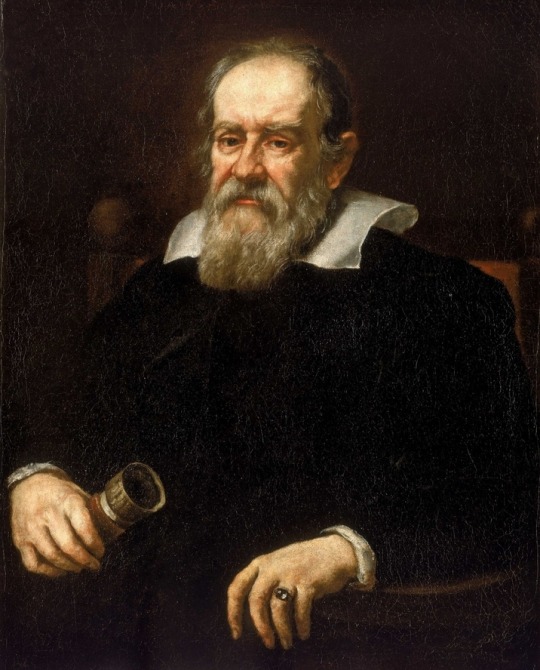
Galileo di Vincenzo Bonaiuti de' Galilei (15 February 1564 – 8 January 1642) was an Italian astronomer, physicist and engineer, sometimes described as a polymath.
He was born in the city of Pisa, then part of the Duchy of Florence.
Galileo has been called the "father of observational astronomy, modern-era classical physics, the scientific method, and modern science."
#Galileo di Vincenzo Bonaiuti de' Galilei#Galileo Galilei#telescopes#astronomy#observational astronomy#Galilean moons#refracting telescopes#moon#sunspots#Jupiter#Venus#Saturn#cosmos#planets#science#scientific discovery
64 notes
·
View notes
Text

Space: where nobody can hear you scream and vampires are virtually undetectable.
53 notes
·
View notes
Text
did some moonwatching tonight!



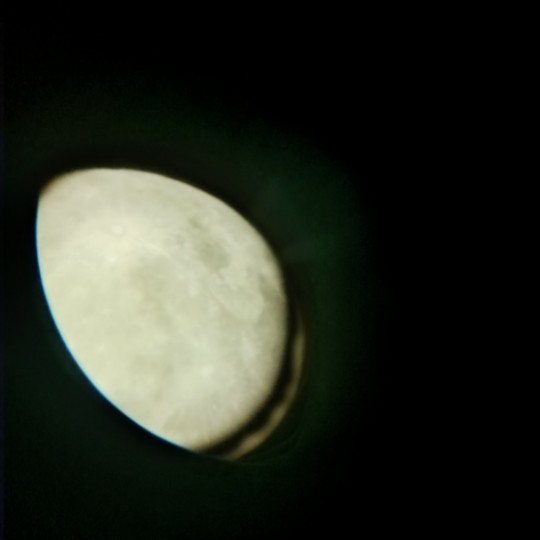
top two are edited (lowered brightness and exposure) while bottom two are unedited
[ I need to get so much better at astrophotography - just used my phone and a moon filter on my 25mm eyepiece to take photos ]
and some extra things..



my telescope (newtonian reflector), picture from me practicing aligning my finderscope on a house, and some hot cocoa :)
36 notes
·
View notes

